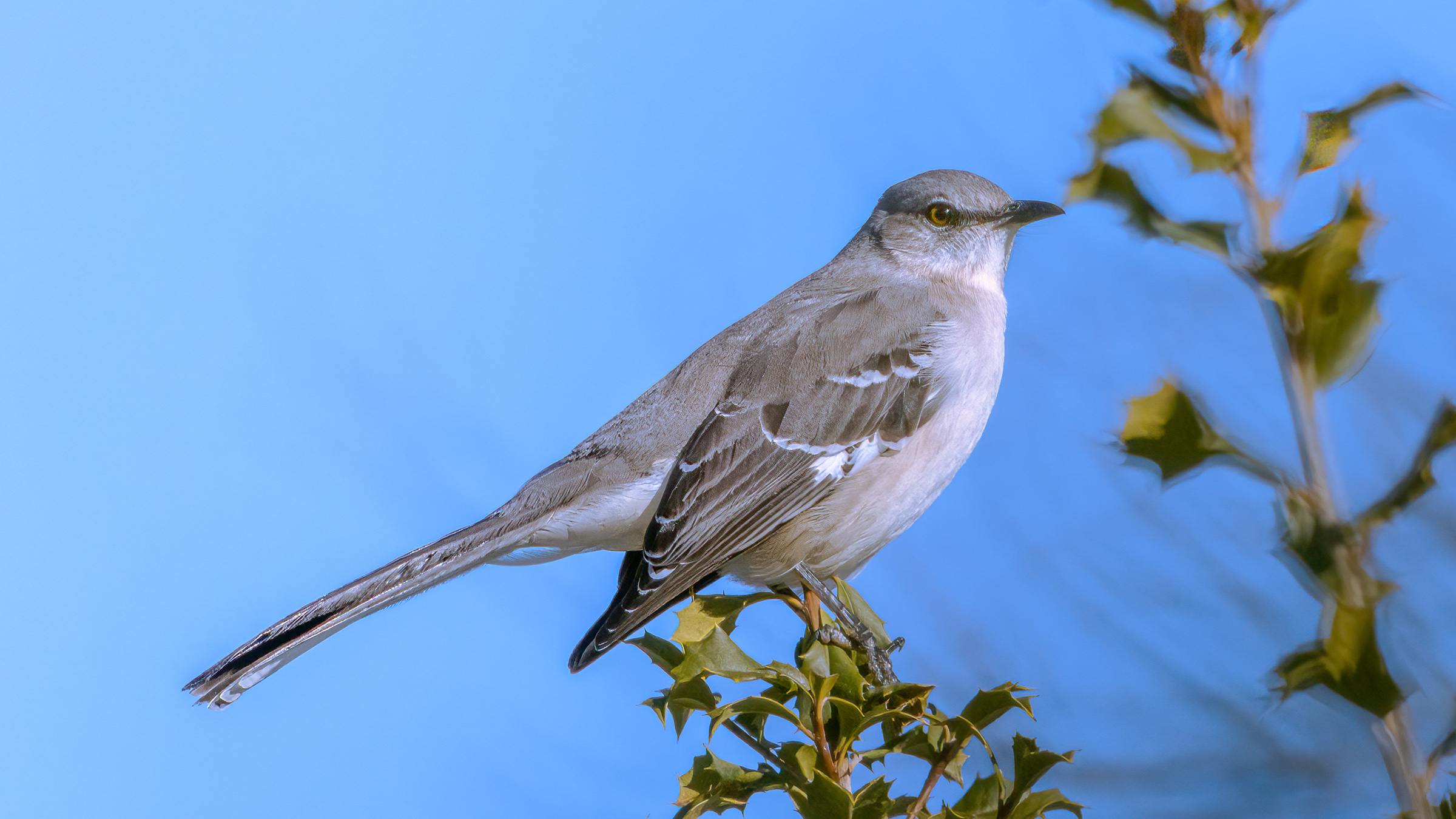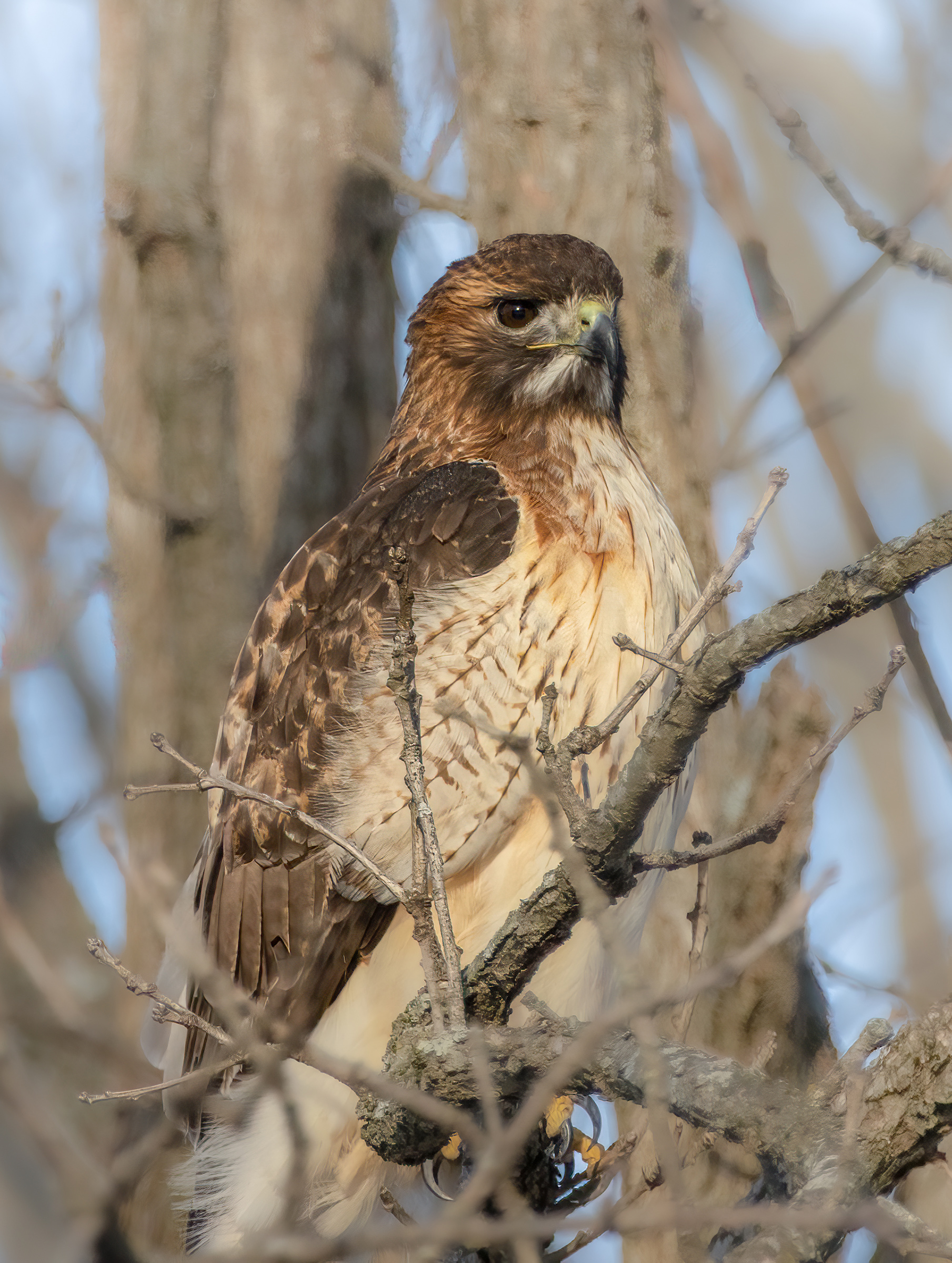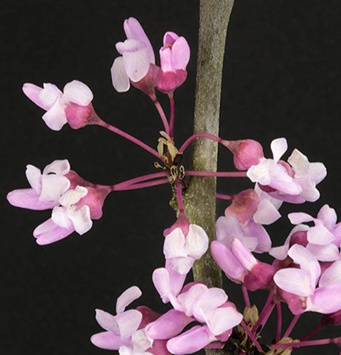Citizen Science at the Arboretum
Citizen Science at the Arboretum

As a university-operated public garden, our mission extends beyond recreational and aesthetic services for the community to include outreach and education. Educational programming targeted for the community has included our naturalist and our horticulturalist series, and our recent Introductory Botany class. Expanding contributions to community learning in the natural and environmental sciences is one of our highest priorities for advancement of the Arboretum.
In recent years, citizen science has emerged as another powerful opportunity for community engagement and learning at the Arboretum. Recorded study and observation of nature by non-professional scientists is nothing new, having helped to advance our understanding of biology and the natural world for centuries. However, the tools of the information age (cell phones, apps and anywhere-anytime communication) have enabled and encouraged enormous numbers of “amateur” naturalists to record and share truly amazing numbers of observations rapidly and easily.
Many of us who were taught that research is done under carefully controlled conditions, with few variables and three or four replications, needed to adjust our thinking to appreciate the power of a very large number of observations of the natural world, often conducted over an extended period and in some cases all over the world.

Our phenology project and eBird are two current examples of ongoing citizen science at the Arboretum. On the first weekend of every month, Dan Patrick and Pearl James volunteer to lead a group bird walk and Dan reports the group sightings to eBird.
“Ornithology has always benefited, more than most sciences, from the input of laymen birders. With the advent of eBird the input of non-scientists has become even more influential. Birders of all skill levels now contribute thousands of lists and sightings of birds from all over the world, and these have become an important source of data for scientific studies. The Cornell Lab of Ornithology developed and now operates eBird. They report that over 100 million sightings per year are being received," Dan said.
"At the Arboretum we began monthly bird walks a little over a year ago and are entering our sightings in eBird. Over the long term this data will help scientists identify trends in bird populations, migration timing and seasonal fluctuations. Our walks are geared toward an introduction to the enjoyment of birding and hoping to get more people interested in our environment. Birds can be an excellent gateway to nature study and an easy way for the recreational birder to add to scientific knowledge.”
Arboretum bird walks are free of charge. You can find more information, times and dates on our website or Facebook page. We do ask that you contact us to reserve a spot, as classes often fill up fast.
Birding at the Arboretum is frequently an individual - not a group - activity, but several of our regular visitors do share their observations with the community through eBird. Ward Ransdell is among the most active.
“I have been using eBird for several years now and find it a wonderful tool to document for citizen science the species I see at the Arboretum, and to add to the research and accumulation of data of observations in this area. I also add to this with photography of the birds in the Arboretum. I strive to show the variety, the coloration, the behavior and the habits of our resident and visiting avian population. This is tremendously rewarding to me for education, discovery and observation, and allows me to be active yet provides a satisfaction and relaxation that is therapeutic and reinforces my attraction to and love for nature,” Ward said.
In 2024, through the leadership of volunteer Janet James, the Arboretum joined the USA National Phenology Network (NPN).

“USA-NPN is a citizen science, nation-wide study of the timing of events in the natural world, particularly the annual lifecycles of plants and animals. In 2024 Arboretum volunteer naturalists weekly observed 19 species of trees, 47 individuals, and recorded key biological changes on a USA NPN cellphone app. Examples of our observations included when leaves budded out, flowers emerged and fruit ripened. We sent an astounding total of 30,000 observations to the national network, placing the Arboretum in the USA NPN Top 10 Contributors List out of over 300 programs in the country," Janet said.
"Some of the critical applications of the data gathered by the national network include managing invasive and endangered species; assessing the vulnerability of species to climate change; predicting the start and duration of allergy seasons; ascertaining the best time for pest control measures; monitoring wildfire risk; planning for recreational activities; creating emerald ash borer and hemlock wooly adelgid infestation maps; and determining seed collection and crop planting timing. Research scientists, resource managers, educators, farmers, policy decision-makers and news staff are among those who rely on the USA NPN data.
"At the end of the 2024 study, the Arboretum volunteers expressed personal satisfaction with their participation because they gained considerable tree knowledge, enjoyed nature-curious company and, most importantly, actively furthered important research. If you wish to join or are considering it, a simple training session will be held at the Arboretum Visitor Center on February 22 at 10 a.m. No prior botanical or tree knowledge is necessary. Notify Ryan Adair at the Visitor Center if you plan to attend at ryan.adair@uky.edu or 859-257-6955.”
